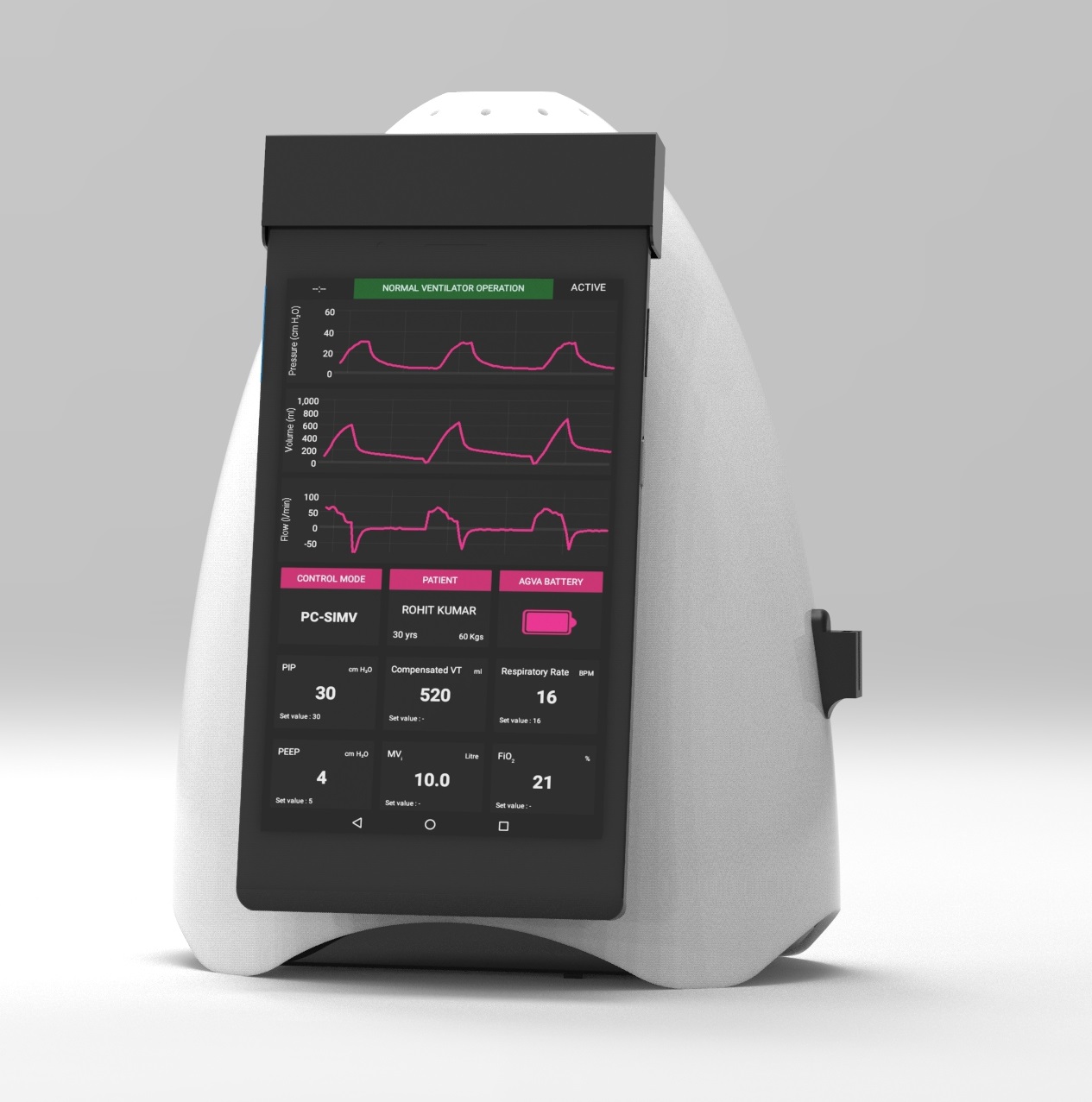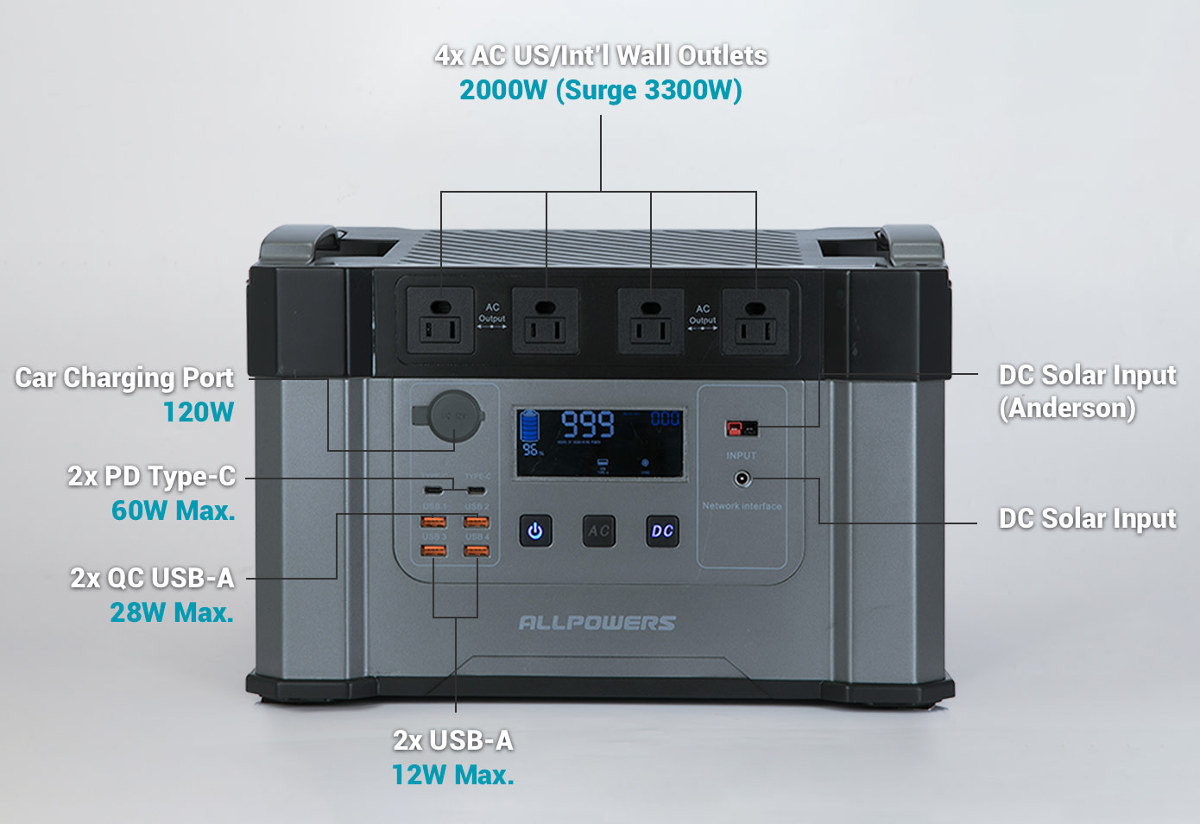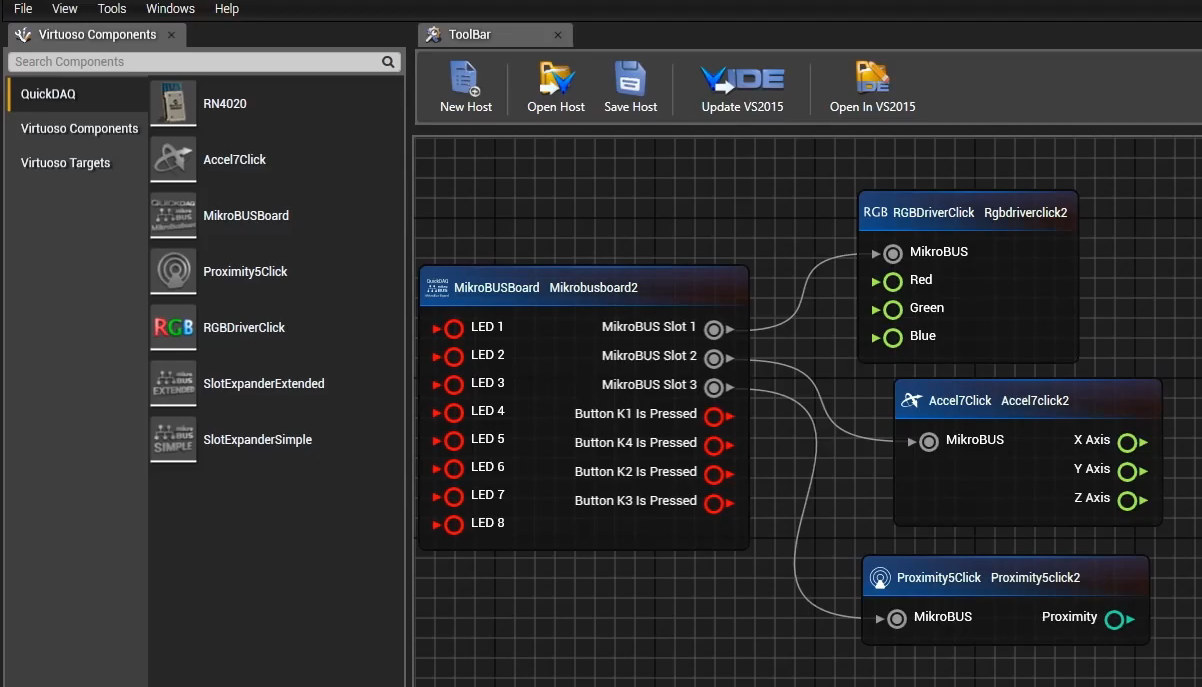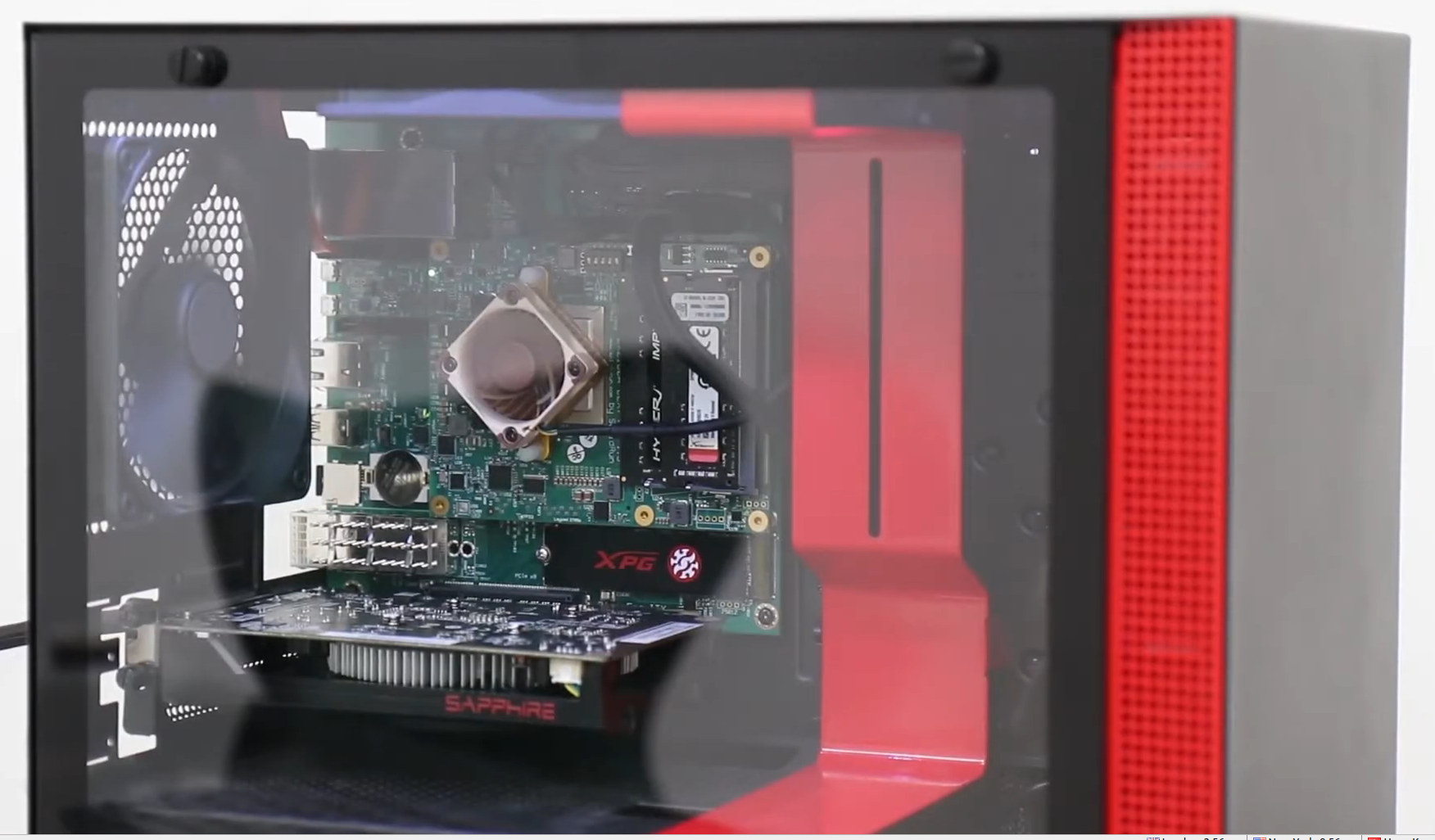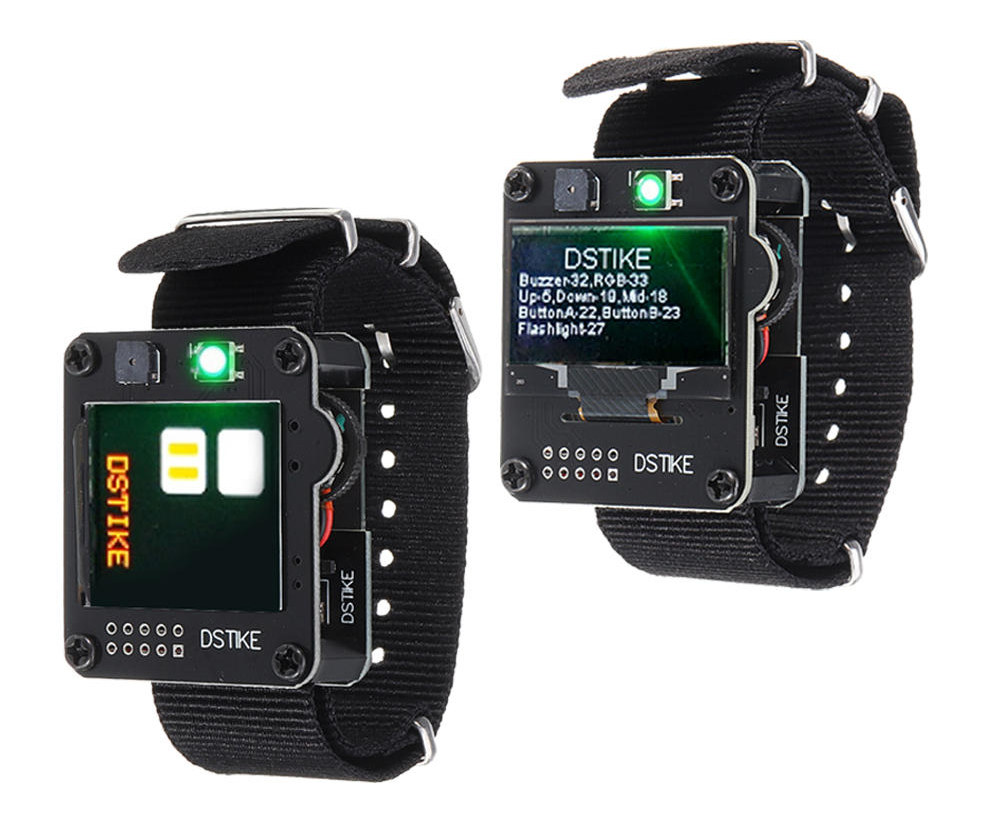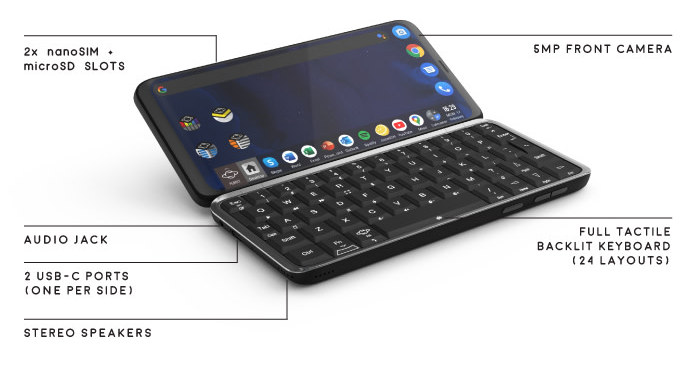With the world at his knees, fighting the current coronavirus pandemic, which has impacted millions of lives around the world psychologically, economically, and physically. Engineers, scientists, politicians around the world are looking for ways to assist in stopping the virus spread, helping the critically ill people, and help restore society to the way it was before. One major highlight during this COVID-19 crisis is the lack of enough ventilators for patients, a piece of critical equipment that greatly affects the breathing of critically ill patients. There are not enough ventilators available in hospitals right now for all of the potential patients who will be struck by the virus, so it is clear we need more ventilators. Makers are joining the call to service with their existing maker tools, and an example is the attempt to make a low-cost, open-source Arduino ventilator device. Another solution is the AgVa phone ventilator produced by […]
Beware of Defective, Wrongly Manufactured IR Thermometers
There is a lot of demand for medical supplies and equipment due to COVID-19. IR Thermometers are used to check the temperature of people before entering a building for instance and are also in short supply. So factories are frantically mass-producing everything they can from face masks to IR thermometers, and it looks like some may forgo quality control. The latter are very hard to find in Thailand, but one person managed to purchase an IR thermometer online and decided to open it… [Update April 16th 2020: The Facebook video has been taken down, but still available on Youtube] This Heaco MDI908 medical thermometer’s infrared board is not connected to the mainboard, so it “works” even without the IR sensor… This takes “non-contact infrared thermometer” to a whole new level 🙂 I can see Kaidee (Thailand’s eBay) had some listed a few days, but the pages have since then been […]
MONSTER X Portable Power Station Features 4x 2000 Watts AC Sockets, Multiple USB Ports (Crowdfunding)
Many people carry a power bank to extend the battery life of their smartphone. MONSTER X portable power station does something similar except with much more power and capacity, as it can extend the range of your electric car by around 12 kilometers. But it’s not only for electric cars, equipped with a 1,278 Wh / 345,600 mAh battery, it also features four AC sockets (US or “International”), multiple USB-Type A and Type-C port to charge or power up to 11 devices simultaneously. MONSTER X key features: Power Output ports 4x AC outlets up to 2000W (3300W surge) using US (110V) or EU (230V) standards 120W car charging port 2x USB Type-C ports compatible with USD PD (Power Delivery) 2x USB Type-A ports compatible with Quick Charge (28W max) 2x 5V USB Type-A ports supporting up to 12W Internal battery charging ports Anderson 12V DC solar input (200W) DC input […]
QuickDAQ.mikroBUS Development Board Leverages Visual Programming and MikroE Click Boards (Crowdfunding)
mikroBUS is a socket interface that allows you to connect MikroElektronik (MikroE) Click add-on boards that can be buttons, sensors, a servo controller, a wireless module, and practically anything you may think of since there are over 700 Click boards to choose from. We already covered several SBC with MikroBUS sockets starting with SolidRun HummingBoard Gate board that offered a single socket for 150+ Click boards at the time (2015). Other boards include Azure Sphere MT3620 with two MikroBUS sockets and MikroElektronika’s own Flip & Click board designed to take one Arduino shield and up to four Click boards. Another upcoming option is QuickDAQ.mikroBUS developer by EmbeddeTech in collaboration with MikroElektronika, powered by a Microchip PIC32 MCU, offering three MikroBUS sockets, and designed to work with “Virtuoso Low-Code Environment” that allows people to program the board using NodeRed-like visual programming and generate a Visual Studio project with code from the […]
Select a Geiger Counter for your Phone to Survive the next Nuclear Catastrophe
It’s time to prepare! No, not for that COVID-19 thingie, it’s too late, but since 2020 has not started the best way we should prepare for all eventualities. It all started badly as I fell off my bicycle on New Year’s Eve, and it went south from there, from talks of World War Three in January to the thread of a virus pandemic that could kill millions worldwide, to the start of the first global great depression. 2020 will be the “year of doom“, and we should expect massive earthquakes, once in a hundred-year megatsunami that will wipe out entire cities, gigantic locust swarms in southern Europe, climate change-induced famine, a couple of large asteroids hitting the earth, and so on. But we should not forget the nuclear threat either via nuclear war or damaged nuclear reactors following natural disasters or terrorist attacks. One way to protect yourself and your […]
This is what HoneyComb LX2K 16-core Arm Workstation Looks Like (Video)
Back in February 2019, while referring to Arm server, Linus Torvalds famously said: I can pretty much guarantee that as long as everybody does cross-development, the platform won’t be all that stable. Or successful. … If you develop on x86, then you’re going to want to deploy on x86, because you’ll be able to run what you test “at home” (and by “at home” I don’t mean literally in your home, but in your work environment). … Which in turn means that cloud providers will end up making more money from their x86 side, which means that they’ll prioritize it, and any ARM offerings will be secondary and probably relegated to the mindless dregs (maybe front-end, maybe just static html, that kind of stuff). SolidRun had already worked on products with NXP LX2160A 16-core Arm Cortex A72 processor and found out it could be a match to make a powerful […]
DSTIKE ESP32 Watch Development Board Comes with OLED or TFT Display
In recent months several Espressif ESP32 watches have started to show up including TTGO-T wristband and Watchy with an e-Ink display. This morning, I’ve come across another option with DSTIKE ESP32 watch development kit that offers a choice of black & white OLED display or color TFT display, and has apparently been around for about a year. DSTIKE ESP32 watch devkit specifications: SoC – ESP32 dual-core Tensilica LX6 processor with Wi-Fi 4 and Bluetooth 5.0/5.1 connectivity Storage – MicroSD card Display (one or the other) 1.3 OLED I2C display (SH1106) TFT color display with 240 x 240 resolution (I2C + 2 I/O) Expansion – 10-pin header with TX/RX, GPIO 17 & 16 (I2C), SVP/SVN, GPIO 25 & 26 (DAC), GND, and 3V Misc – Power switch, navigation buttons, reset & flash buttons, buzzer, WS2812b RGB LED, “highlight LED” (backlight LED maybe), charging status LED Battery – 600 mAh battery Dimensions […]
Astro Slide 5G Transformer Smartphone Comes with a Slide-out Keyboard, MediaTek Dimensity 1000 SoC (Crowdfunding)
Planet Computers has introduced several smartphones with physical keyboards over the last few years including Gemini PDA and Cosmo Communicator with the later recently received its promised Debian Linux images besides just running Android 9.0. The company is now back with the new model. Powered by a MediaTek Dimensity 1000 processor, Astro Slide 5G Transformer supports 5G connectivity and comes with a slide-out keyboard following on the steps of the company’s previous smartphones. Astro Slide 5G Transformer preliminary hardware specifications: SoC- MediaTek Dimensity 1000 (MT6889)octa-core processor with 4x Arm Cortex-A77 cores @ 2.6 GHz, 4x Arm Cortex-A55 CPU efficient cores @ 2.0 GHz, Arm Mali-G77 GPU, 4.5 TOPS APU 3.0 AI accelerator / NPU System Memory – At least 6GB LPDD4x RAM Storage – 128 GB flash, MicroSD card slot Display – 6.53″ touchscreen display with 2340×1080 resolution, scratch-resistant glass Camera – 48MP rear camera with flash, 5.0MP front-facing camera […]


